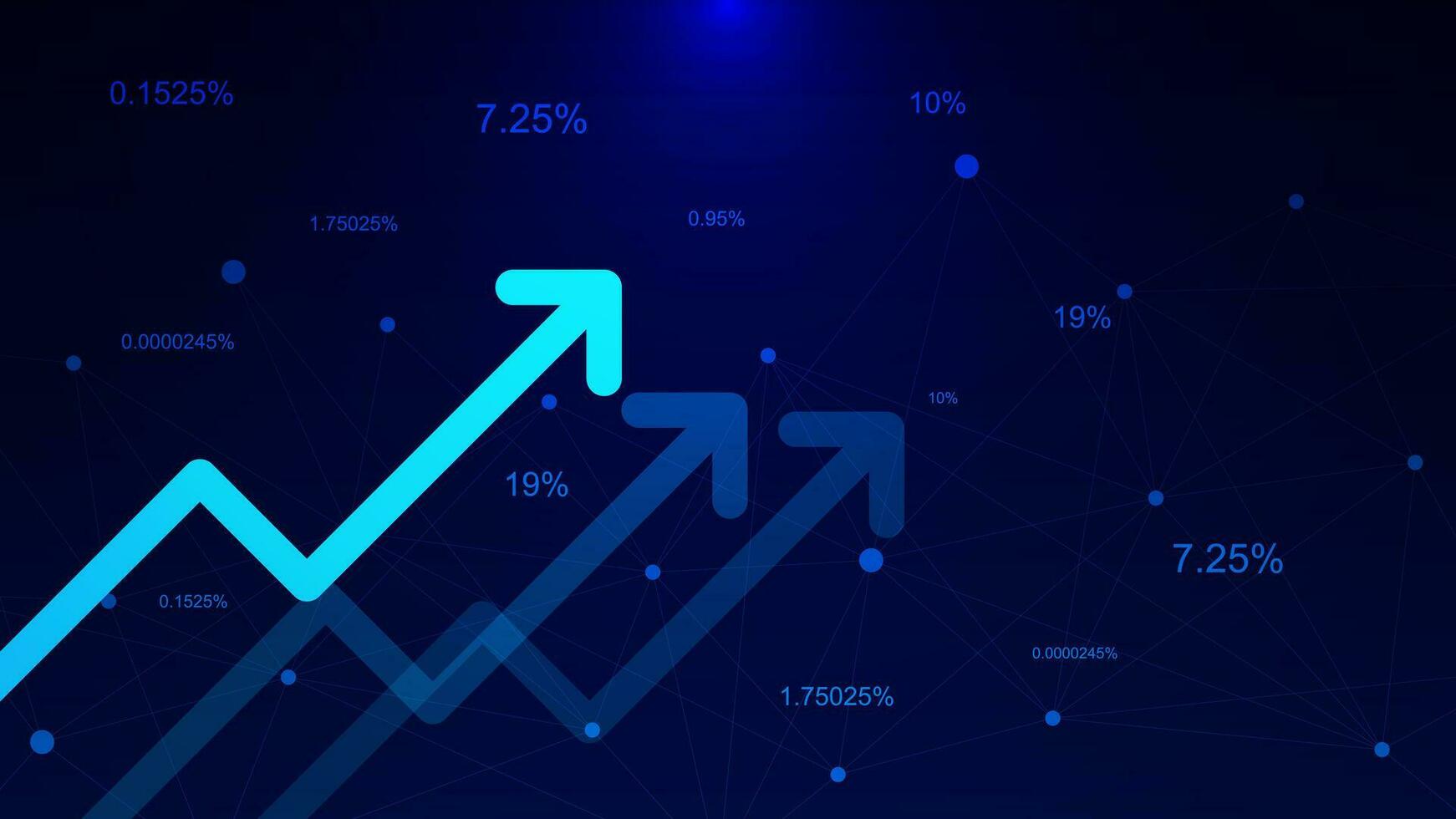
In recent months, gold has surged to unprecedented heights, capturing the attention of investors, analysts, and the general public alike. As of August 2024, the price of gold has reached a record high, driven by a confluence of economic, geopolitical, and market factors. This article delves into the reasons behind the dramatic increase in gold prices and explores what it means for the global economy and investors.
Economic Uncertainty Fuels Demand
One of the primary drivers of gold’s record-breaking price is heightened economic uncertainty. The global economy has faced significant turbulence over the past year, marked by persistent inflationary pressures, fluctuating interest rates, and slowing growth in major economies. Inflation, in particular, has eroded the purchasing power of fiat currencies, prompting investors to seek safe-haven assets like gold. Historically, gold has been viewed as a hedge against inflation, and this time is no different. As consumer prices continue to climb, the appeal of gold as a store of value has intensified.
Central banks around the world have grappled with balancing inflation control and economic growth, often resulting in policies that inadvertently drive investors towards gold. For example, while some central banks have raised interest rates to combat inflation, the resulting economic slowdowns and market volatility have led to increased demand for gold as a more stable investment.
Geopolitical Tensions and Market Instability
Geopolitical tensions have also played a crucial role in the surge of gold prices. Recent conflicts and political uncertainties, from regional disputes to broader international tensions, have contributed to a climate of instability. Such geopolitical risks create an environment where investors are more inclined to safeguard their assets in gold, which is perceived as a reliable and stable asset during times of turmoil.
Additionally, trade wars and economic sanctions have impacted global supply chains and market stability. These factors have not only contributed to uncertainty but also affected the availability of gold. Disruptions in the mining and production of gold due to political or logistical challenges can drive up prices, as supply constraints meet persistent or growing demand.
Financial Market Volatility
The stock market has experienced significant volatility in recent months, with sharp fluctuations and declining indices prompting investors to look for alternative investment options. In such an environment, gold’s role as a non-correlated asset becomes even more attractive. Unlike equities, which can be highly sensitive to market movements and corporate performance, gold tends to retain value or even appreciate during periods of financial market stress. This inverse relationship between gold and stock market performance has driven many investors to diversify their portfolios with gold, further pushing up its price.
Currency Fluctuations and Global Dollar Dynamics
The dynamics of global currencies have also influenced the price of gold. A weakening U.S. dollar, for instance, can make gold more attractive to international investors whose local currencies are stronger relative to the dollar. When the dollar depreciates, the price of gold in dollar terms rises, but for foreign investors, the cost of gold in their local currency may not change as dramatically. This currency effect can amplify gold’s appeal and contribute to its rising price.
Moreover, the global currency market has seen increased volatility, with fluctuations driven by various factors including monetary policy decisions, economic performance, and political developments. As a result, gold’s role as a hedge against currency risk becomes more pronounced, attracting investors seeking to protect their assets from potential currency devaluation.
The Role of Investment Funds and Speculation
Investment funds and speculative activities have also played a significant role in driving gold prices higher. Exchange-traded funds (ETFs) and other investment vehicles that track gold have seen substantial inflows from investors looking to capitalize on the metal’s price appreciation. Speculators betting on future price movements can also contribute to short-term volatility and price surges. As these investment funds increase their holdings in gold, the added demand can push prices to new heights.

